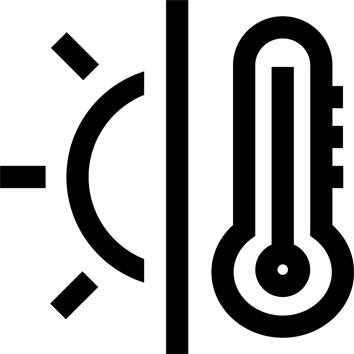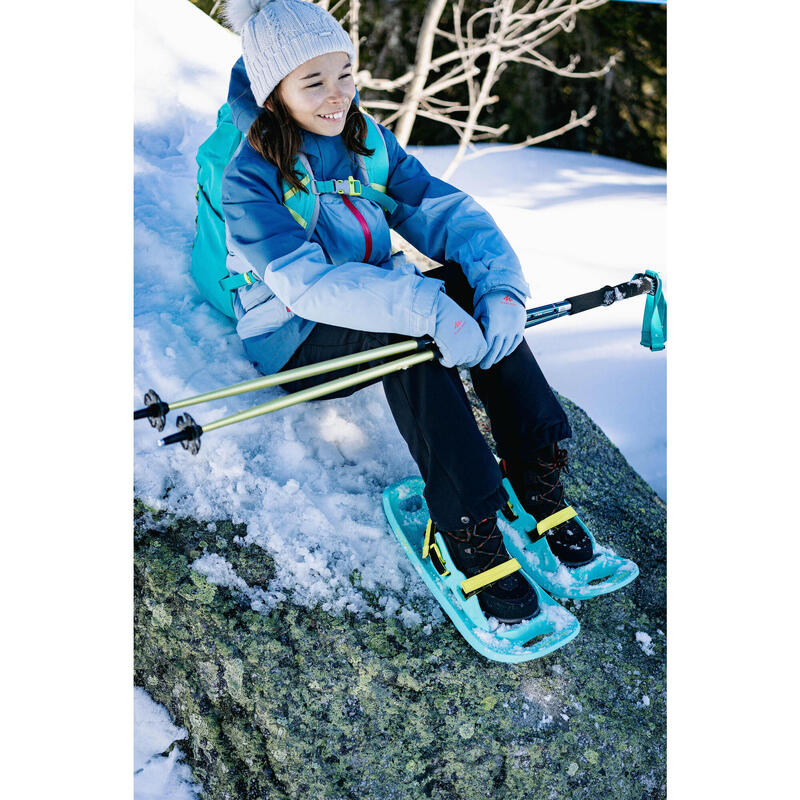How will this glove keep my child's hands warm?
We carry out thermal tests based on skin temperature measurements on the finger, and collect the child's sensation of thermal comfort according to the glove worn and the outside temperature. This is based on the practice of skiing and hiking.
The temperature range is calculated so that 70% of users have a comfortable thermal sensation.
How do you protect your hands from the cold?
Just as you wear several layers when hiking, you can wear under-gloves underneath your gloves to act as thermal underwear. This multi-layered system allows several layers of air to form around your hands, effectively insulating them from the cold!
Make sure your gloves are large enough to prevent your fingers from being compressed. Compression slows down blood circulation, which can cause your hands to get cold.
How can you keep your hands warm with the right clothing?
Your active body generates heat, which is conserved by the thermal insulation provided by your clothing. If your clothing is unsuitable, your body cools down and blood circulation to your extremities (including your hands) is reduced, keeping your chest warm. Your clothing can therefore play a role in keeping your hands as warm as possible.
If in doubt, it's always better to opt for a pair of gloves that's a little larger than too small.
What is water repellency and how can it be preserved?
A fabric's water repellency is its ability to let water slide off its surface without absorbing it. This means the fabric doesn't become waterlogged, remaining light, breathable and warm. Water repellency is achieved by a PFC free treatment applied to the outer face of the fabric. This treatment needs to be renewed over the lifetime of the glove (we recommend every wash). Products (spray or liquid) are available for this purpose in our stores.
Did your gloves get caught in the rain?
In this case, dry them in a dry place, but avoid placing them on a heat source. This could damage the fiber and deform them!
Weight
12 : 0.042 kg
14 : 0.044 kg














